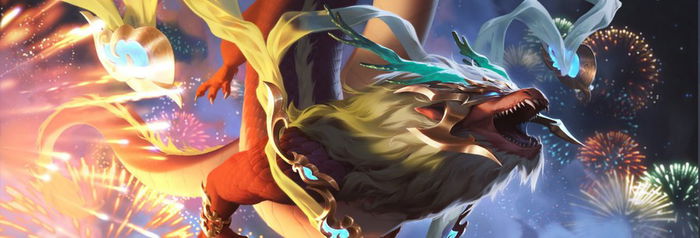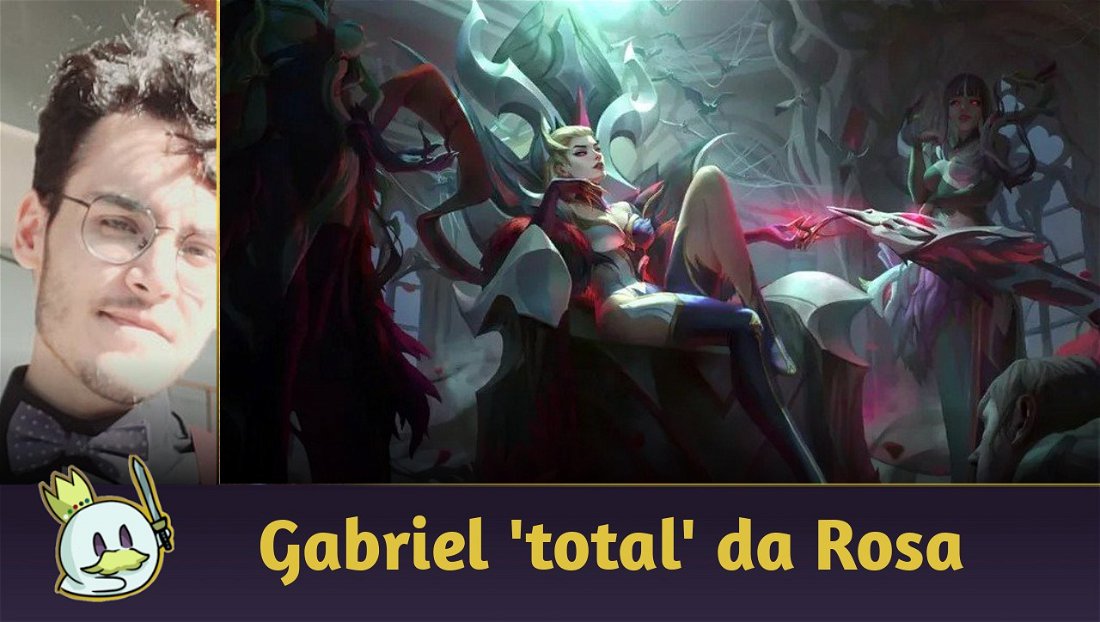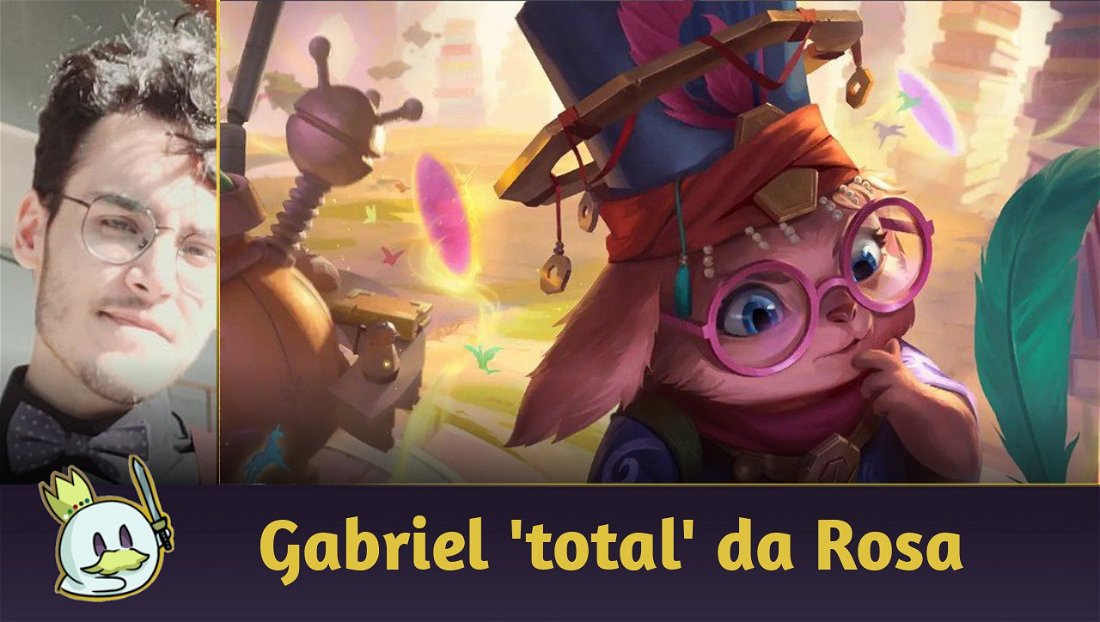Introduction
Today, we'll show you 5 ways to play Dragons in Standard.
This archetype has evolved quite a lot since we got the Elder Dragon, which, all by itself, put Dragons back on the competitive radar, including Shyvana.
For this article, we'll consider "Dragon" decks any deck that has a Dragon finisher, numerous Dragons in their deck, or a combo that relies on sticking a Dragon on the board.
According to this definition, Norra Elder Dragon decks aren't "Dragon" decks because, even though they have Dragons and Elder Dragon, they are not the protagonists in these lists. Gnar Elder Dragon Warden of the Tribes lists also don't fit this definition because they're actually Warden of the Tribes decks.
Classic Dragons - The Most Popular List
This is the most common and modern Dragon list. It focuses on abusing your Dragon's Premium stats and, at the same time, controlling your opponent's board with Strike spells.
This game style is quite common in Demacia, and has been for ages. It has been one of the best styles for Demacia lists ever since LoR's beta, like Fiora Shen. We can even say that this is the most classic way of playing Legends of Runeterra, considering, throughout the years, the "Develop and Strike" style has been revisited and reinvented several times, and has taken on many names.
This list in particular plays Shyvana as a mid-game "tuner", Cloud Drake as your main piece to transition into your end game, and Horned Swarmcaller as the main unit to control the enemy board.

Shyvana regulates your mid-game, as she absorbs all the pressure your opponent's units put on the board, or may even create a snowball effect for you if your opponent can't deal with her.
As for Cloud Drake, it helps you transition your game plan into your late game, and discount the cost of the cards in your hand. It is the most important card you should play on turn 6 most of the time.
Horned Swarmcaller is the strongest unit in the entire game at this point of the meta - it controls enemy units because it disables their keywords and reduces their attack power. This means their "trade potential" in combat will be significantly smaller after you play it.
This is one of the best decks in the history of LoR as a whole. It is easily one of the 10 best Legends of Runeterra decks of all time because it is extremely consistent and easy to pilot. It is also full of units that have a lot of synergy with each other.
Kadregrin Dragons - The Anti-Meta Version
As the meta evolved, we felt the need for a Dragon archetype that had a significant advantage in mirror matches because this archetype is incredibly popular on the ranked queue, and thus many ranked matches are mirror matches. That's how the Kadregrin the Infernal version came out.
This is a regular Dragons deck, but it has an edge. If you get to late game (which happens frequently in mirror matches), Kadregrin the Infernal will buff, globally, all of your Dragons by +4/+4, and give you an advantage over your opponent, who'll have to play with their smaller Dragons.
All of your units will be bigger by +4/+4, which means you'll always have an advantage in combat and thus always come out of them better than your opponent. Depending on the game, you may even win as soon as you play Kadregrin.

Another great card in this deck is Protective Broodfather, which might easily change the game state entirely if you get, from your deck, a Kadregrin or an Elder Dragon and put them on your board directly as attackers. This unit is incredibly powerful, so it's surprising most players haven't explored it all that much.
Another notable difference in this list is how many Elder Dragons it has: only two. As it relies on an extensive late game, two Elder Dragons makes a lot of sense. It is a consistent finisher, and you'll attack with its level 2 frequently if you play this version.
Elite Dragons - The Aggressive Version
Just like the Kadregrin version, which is powerful in the late game to win mirror matches, this version is powerful in the early game to win mirror matches.
This deck takes advantage of the synergy between Elites and Dragons to fill the board with units as fast as possible. It wins the game on numbers alone.
Unlike other Elite decks, this version has Dragons, obviously, and they give you more gas than regular Elite decks. You'll usually spend one entire turn developing one of your Dragons, which makes it relatively slower than a regular Elites deck, and also saves you some resources for later.
However, in any case, it is still a fast list; it's fast enough to win most mirror matches.

These are the most important cards in this list, apart from your Dragons.
Cithria returned to Standard to help Demacia's swarm archetypes get back on track, and was successful. She is really strong and, as she costs 6 mana, she gets a Dragon Boon when you play her on the board, so she is even more valuable in this list than usual.
Battlesmith is an unstoppable snowball for you; if your opponent doesn't answer him, it will be extremely difficult for them to compete with the sheer number of stats he grants to your board.
As for Ardent Tracker, it catches many players off guard because it has Scout and goes on the board for less than she actually costs, besides gaining a Dragon Boon too. It is an extremely versatile card for you because you'll abuse the fact it has Scout + Challenger to remove enemy units, or just deal a lot of damage with Scout + 2x Impact. That's the power of Dragon Boons.
Portia Ramp - The Combo List
This is maybe the most unusual deck in this entire list: it almost doesn't fit our definition of what a Dragons list is. Actually, it only fits this list because its main condition is Portia the Peculiar, which is a Dragon.
This is a revisited version of the Ramp Volibear decks we played right after we got Elder Dragon, so, late 2023. At the time, this game style was as new as it gets, and most players knew very little about it. Even though it is strong in a few matchups, in others it is mediocre, and that's why these decks didn't become as competitive as other new archetypes at the time.
However, now that we got a new rotation, this game style became a bit more popular, bit by bit, and it is one of the most modern ways to play ramp in Standard.

These units, besides Portia itself, are your main win conditions.
This deck's strategy is, basically: survive through the early game, ramp mana on the first few turns, and then play endgame units, like the ones we listed above, mid game.
Atakhan, Bringer of Ruin often surprises your opponent because, besides the fact it is a 12-health unit, it also revives your strongest dead ally. This means that this unit, on its own, brings a lot of stats to your board, and the first time you attack with it is, oftentimes, lethal.
Cithria, Lady of Clouds might also win you the game on her own: she doubles the stats of all your allies in play. It is a simple card, considering it wins matches with big numbers and nothing else. Not to mention, she also gives all your units Challenger, which makes it even easier for you to deal lethal damage.
As for Boadir of Blackened Ice, it sets a 2-turn timer for your match. After two turns, you'll summon two 8/8 units with Overwhelm, which is already enough to go through the defenses of any meta deck. So, a Boadir of Blackened Ice, if you summon it on turn 5 or 6, will definitely be a threat to your opponent, who'll struggle to deal with the gigantic units on your board.
The Age of Dragons - The Control/Combo Deck that Heals
And, to complete our list, we have one of the slowest versions of Dragons, Age of Dragons. If you play it well, it might be the most powerful deck in this entire list.
This version heals your Nexus all the time, and ramps mana with Targon cards. Eventually, you'll play Age of Dragons and draw up to 9 Dragons that cost 0 mana, which will win you the game on the spot.

That's basically it: if you don't die until you play Age of Dragons, you'll win. It's that simple.
There is no archetype in the history of Legends of Runeterra that can compete with the value Age of Dragons brings to your board if you actually draw all your Dragons with it.
Obviously, there will be matches in which you won't draw any Dragons, but they're extremely rare. Even more if you follow these tips:
> Always keep Age of Dragons in your starting hand.
> Always Mulligan your Dragons out of your starting hand (yes, return them to your deck).
> Play your ramp at the right time to play Age of Dragons as soon as possible.
If you respect these rules, the chances you'll have success with this deck will skyrocket.
To keep you alive, this deck is full of heals and spells that Stun units and thus stop aggressive Midrange decks from doing anything against your list.
Final Words

If you read this far, thank you! I hope you had fun reading this article.
Don't forget to share!
See you next time!















— Kommentare 0
, Reaktionen 1
Sei der erste der kommentiert